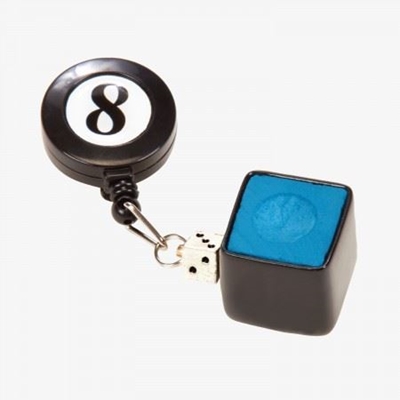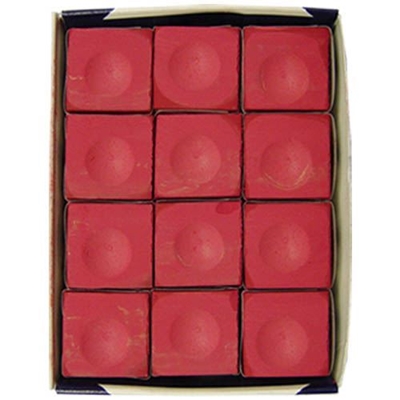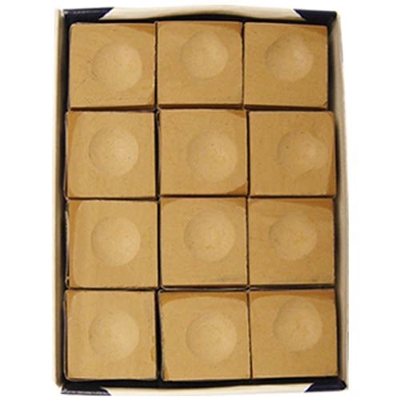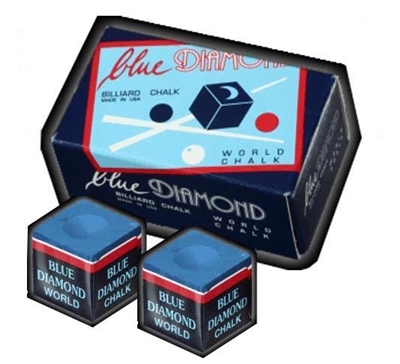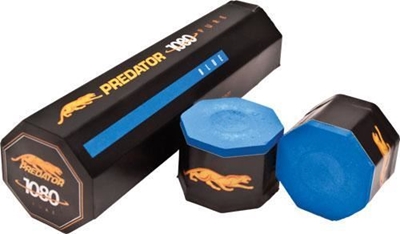You have no items in your shopping cart.
Chalk
Cue tip chalk (invented in its modern form by straight rail billiard pro William A. Spinks and chemist William Hoskins in 1897) is made by crushing silica and the abrasive substance corundum or aloxite (aluminiumoxide), into a powder. It is combined with dye (originally and most commonly green or blue-green, like traditional billiard cloth, but available today, like the cloth, in many colors) and a binder (glue).Each manufacturer's brand has different qualities, which can significantly affect play. High humidity can also impair the effectiveness of chalk. Harder, drier compounds are generally considered superior by most players.

